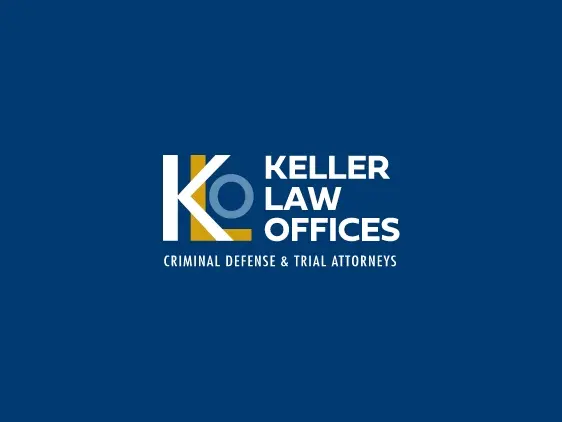The methamphetamine epidemic took Minnesota by storm more than a decade ago, and just when locals thought the problem was solved, it is back and possibly bigger than ever. According to experts, the resurgence of the drug has begun to invade the state in epic proportions, one again leaving death and destruction in its path. And while there are fewer meth labs in Minnesota than there were in the early 2000s, more widespread use has led to an increase in arrests and treatment center admissions.
Table of Contents
Regulation Curtailed Production in Clandestine Labs
In an effort to make it difficult for clandestine labs to produce the drug in large quantities, new state and federal laws in 2005 and 2006 began to restrict the availability of certain ingredients that were commonly used in the manufacturing of meth. As these cold medicines made their way behind the counter and consumers faced daily and even monthly restrictions, the number of meth labs went from 410 in the state as reported by the Minnesota Department of Public Safety in 2003 to just 13 by 2016. And meth seizures went down drastically for a short time as well. The Minnesota Violent Crime Enforcement Team seized just 112 pounds of meth in 2012. But by 2015 the amount seized had risen to about four times as much (487 pounds).
Unfortunately, while the reduced availability of this destructive stimulant seemed to have an impressive impact for a short time, appetite for the drug never waned. Renewed popularity and addiction’s insatiable hunger is now primarily being fed by powerful cartels that have sophisticated distribution networks throughout Minnesota and across the United States. Once a domestic cottage industry, meth now arrives by private car, commercial vehicle, buses and trains, plains and even FedEx. And since mass manufacturers have figured out how to make their products purer and less expensive, it has become increasingly attractive for an entirely new scope of users. A criminal attorney these days might see meth cases involving high-performing college kids, business professionals, people with eating disorders and members of the LGBT community much more frequently than he or she would have seen in the past.
Overdose Deaths Involving Meth are on the Rise
As the number of people who use meth continues to increase, so do the stimulant’s harmful effects. Also known as crystal, crank, ice and speed, the drug has been widely known to cause rotting teeth (meth mouth), kidney and heart failure, skin and hair problems, and a number of other health conditions that can be permanent and even deadly. Despite these long-term effects, however, meth actually has a lower overdose potential than many pain killers and other opioids. Even still, the Centers for Disease Control and Prevention (CDC) report that overdose deaths involving methamphetamine are significant and the problem is getting worse. In 2014, there were roughly 3,700 Americans who lost their lives to meth-related overdose. By 2015, that number had surged an alarming 30 percent, with about 4,900 fatalities. The Minnesota Department of Health reports that during that same year, about 78 people in the state died due to overdoses involving psychostimulants with abuse potential- a class of drugs that includes meth.
Treatment for Meth Addiction
Along with the increase in meth use in Minnesota, the number of people seeking treatment has risen as well. In 2015, Drug Abuse Dialogues released a report called “Drug Abuse Trends in Minneapolis/ St. Paul: 2015” which revealed a surge in people seeking treatment for meth addiction in the area. According to the report, during the peak of the first methamphetamine epidemic in 2005, there were approximately 2,465 people who entered treatment programs in the Twin Cities for meth addiction. In 2014, about 12 percent (2,593) of all treatment admissions in the area involved addiction to methamphetamine.
The Ugly Consequences of the Meth Epidemic in Minnesota
As the epidemic of meth addiction rears its ugly head once again in the state, it leaves a path of destruction in its wake. And it’s not just the users of this powerful drug that suffer the harmful consequences. The damage spreads to friends and family members, household finances, employers and coworkers, and the broader community as well.
- Meth sometimes causes agitation, paranoia, aggression and even hallucinations. These effects can cause people under the influence of methamphetamine to become unexpectedly and uncharacteristically violent towards themselves and others, often putting innocent bystanders at risk.
- Altered behavior caused by meth use can result in unsafe driving practices, risky moves in the workplace, and extreme decisions that can place others in harm’s way.
- A meth user’s insatiable need for the stimulation provided by the drug can drain the bank accounts of family and friends, and cause addicts to steal or perform other illegal acts that can lead to criminal charges.






